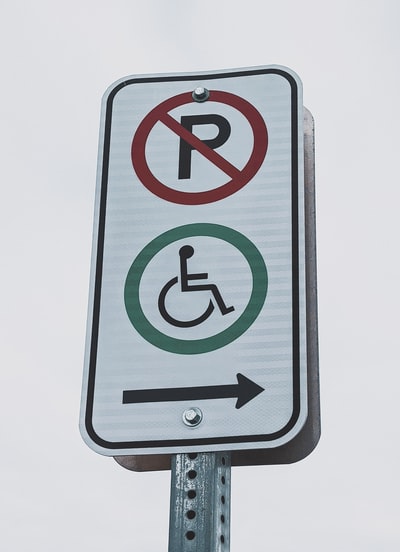Introduction

Inequality is caused by a range of factors, but in the UK your social class, gender, ethnicity and age play a heavy role in influencing your life chances and quality of life.
——————————————————
Social stratification
Strata are layers and almost all societies are stratified in some way or another. Social stratification means there is a hierarchy in which those at the higher levels will possess more power, more money, a better income and more social status.
Different societies are layered in different ways. In India, for example, there is a caste system in which people are born at a social level with little chance of breaking out of it. During the apartheid in South Africa (1948-1994) an individual’s colour would play a large part in determining his/her social status. In the UK there is a complex social class which is largely meritocratic.
In closed system your social status is ascribed. This means your position is fixed at birth and the chances of altering your social status during your life time are very unlikely. An open system allows movement within the strata.
——————————————————
How do we measure social class?

There are problems with this system.
- If you are dividing people according to their profession, this leaves people without jobs (like the unemployed, students or the retired) difficult to classify.
- The very wealthy and the upper-classes are difficult to classify using this scale.
- Some job titles can be shared between people with widely different incomes and status. A manager, for example, might earn huge figures or very little.
More recently the National Statistics Socio-economic Classification (NS-SEC) is used to determine class. It classifies according to occupation but it also includes students and the long-term unemployed. It also takes into account an individual’s level of authority, employment status as well as the benefits they get from being in their job.